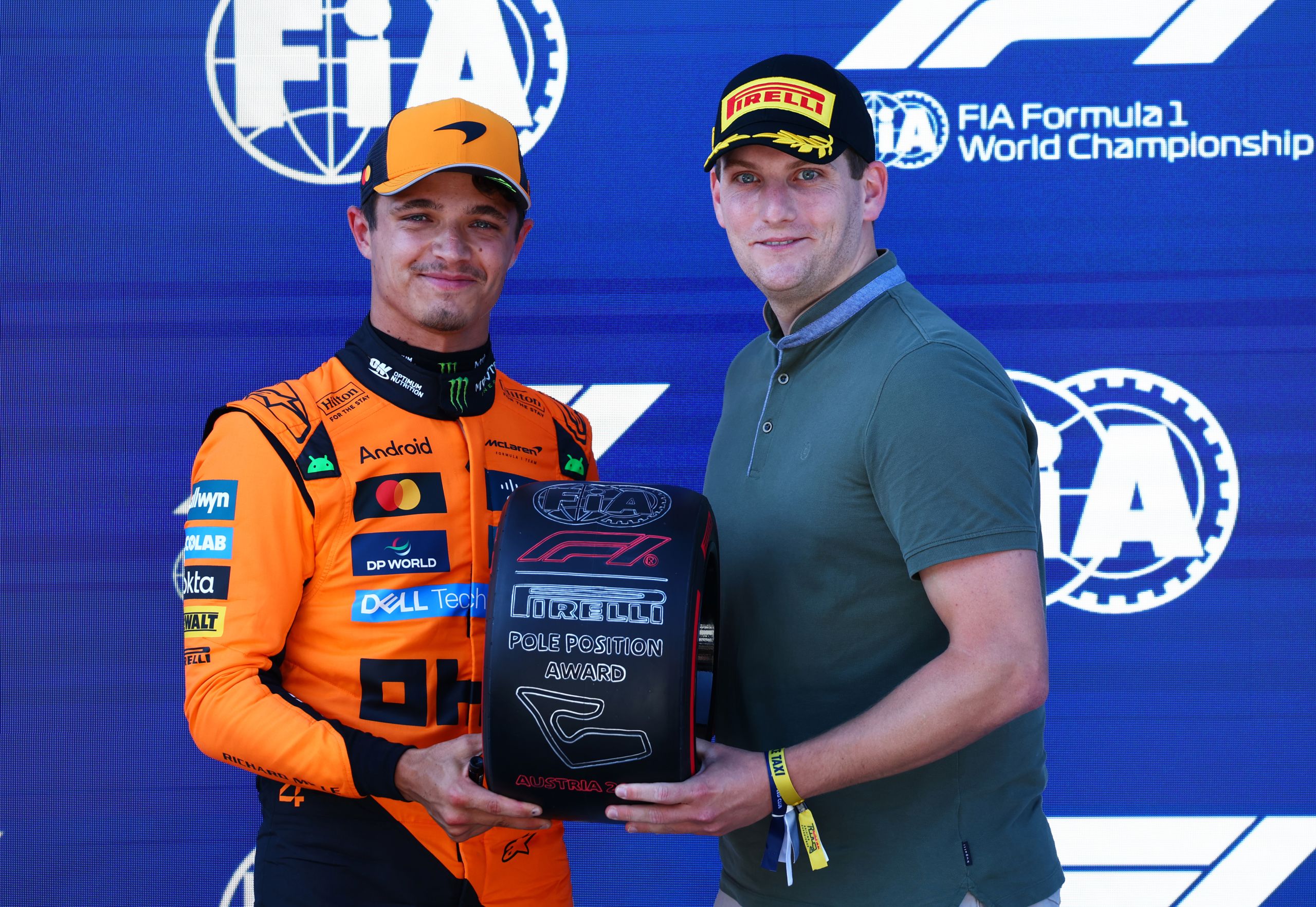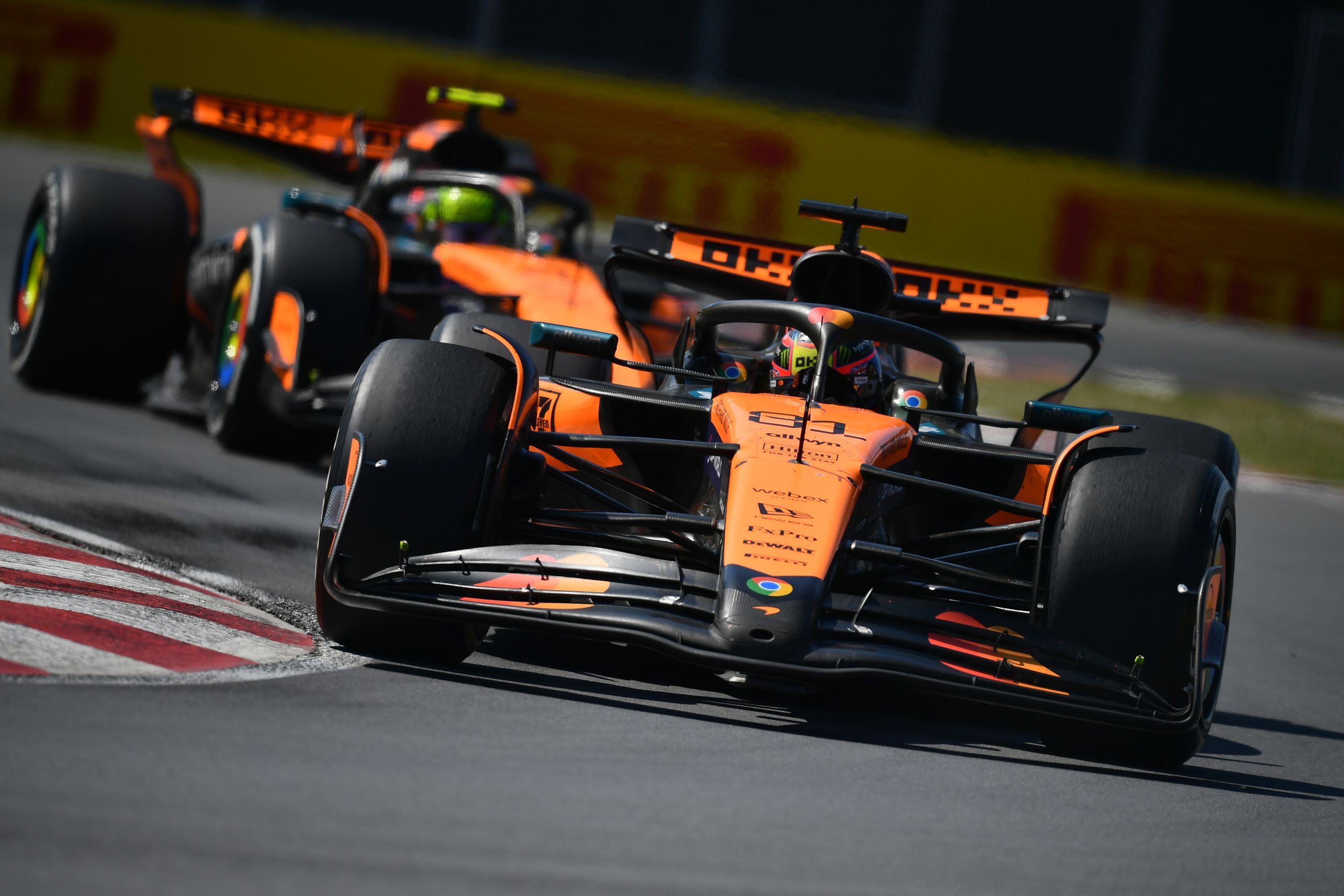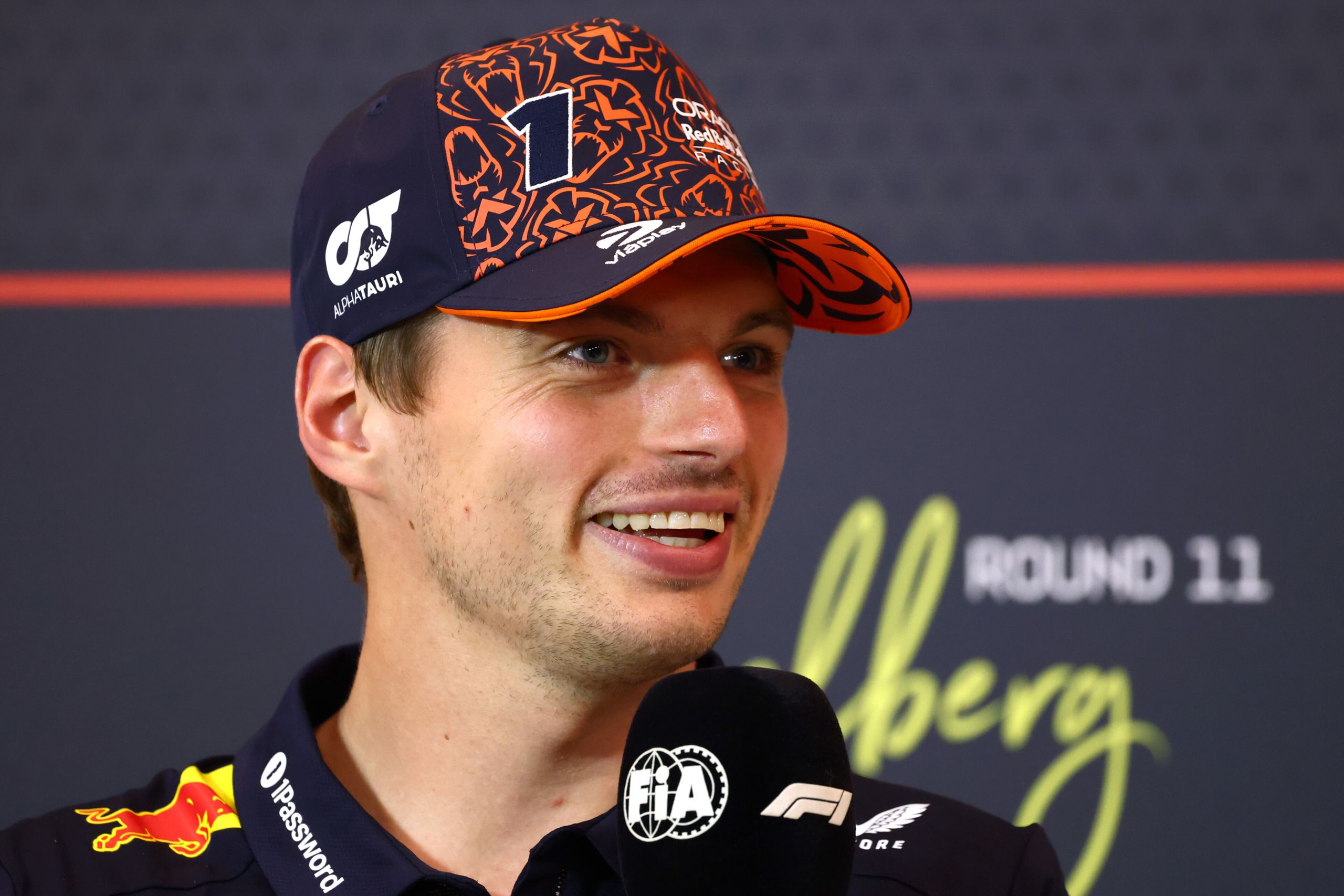What Is A Chicane In Formula 1?
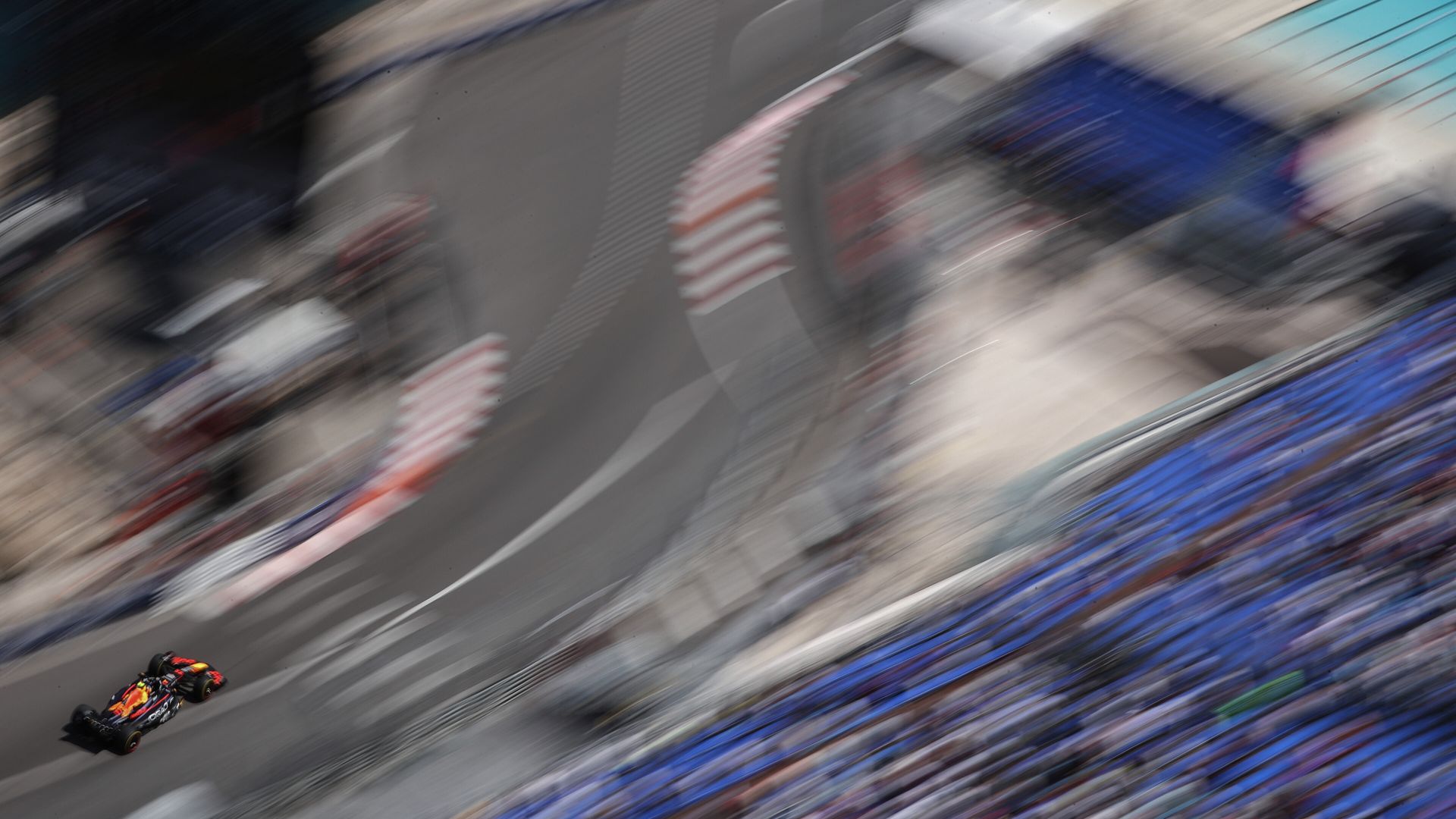
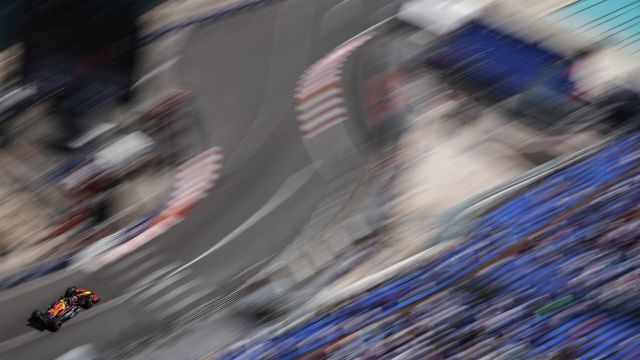
Chicanes are an essential part of Formula 1 racing, as they serve to create challenging turns and slow the cars to improve safety on the track. In Formula 1 racing, a chicane is a sequence of tight corners, usually formed by quick left-right or right-left combinations, which force the drivers to alter their speed and trajectory. These strategically placed turns not only test the drivers’ skill but also play an important role in ensuring that the races are as thrilling for the spectators as they are safe for the participants.
The history of chicanes dates back to the early days of Formula 1, when they were introduced mainly for their safety benefits. With the rapid development of racing technology, the speed of F1 cars increased significantly, necessitating the need for chicanes to slow them down, especially on high-speed circuits. Over the years, they became an integral part of the sport, contributing to the overall racing experience, challenging the drivers’ abilities, and maintaining a balance between speed and safety.
Key Takeaways
- Chicanes Enhance Driver Skill and Race Dynamics: Chicanes add a critical technical element to F1 circuits, requiring drivers to showcase their precision and control. By navigating these tight corner sequences, drivers demonstrate their ability to manage speed, braking, and acceleration, which is essential for competitive racing.
- Safety and Speed Management: The primary purpose of chicanes is to reduce the speed of cars in potentially dangerous sections of the track. By doing so, they improve overall safety for drivers, marshals, and spectators, and help manage the flow of the race, particularly in high-speed sections where overtaking would otherwise be too risky.
- Impact on Car Design and Aerodynamics: Chicanes test the aerodynamic efficiency and mechanical grip of F1 cars. Teams must engineer their vehicles to handle the abrupt changes in direction and the heavy braking zones chicanes present. This often requires a compromise between high-speed stability and low-speed agility, influencing the overall design and setup of the car.
History of Chicanes in Formula 1
Chicanes have been an integral part of Formula 1 racing since the early days of the sport. These artificial turns or series of turns incorporated into race circuits are designed to slow down cars and increase driver skill requirements.
Chicanes became more common in Formula 1 circuits during the 1970s, as a response to increasing concerns about driver safety. With the ever-improving performance of Formula 1 cars, the need to manage high speeds and introduce challenging elements to the courses became crucial. Chicanes provided an effective solution to this challenge by introducing tight corners and complex maneuvers that forced drivers to reduce speed and employ advanced driving skills.
Over the years, various Grand Prix circuits have featured different types of chicanes to slow down cars and ensure driver safety. One of the most famous chicanes in F1 history is the Rettifilo Tribuna Chicane at the Monza circuit in Italy. Introduced in 1972, this challenging series of bends has been modified multiple times to accommodate changing safety standards and vehicle specifications.
Another iconic chicane in Formula 1 racing is the Swimming Pool Chicane at the Circuit de Monaco, where drivers must skillfully navigate through tight corners and barriers while maintaining competitive speeds. This tight, twisting section of the circuit truly tests a driver’s skill and reflects the importance of precision driving in Formula 1.
In recent years, the use of chicanes has occasionally sparked debates among drivers, teams, and fans, with some arguing that they can disrupt the natural flow of a race. However, chicanes remain an essential element of many Formula 1 circuits, effectively managing the speeds of these high-performance machines and ensuring driver safety.
Today, chicanes continue to challenge the world’s top drivers in Formula One, requiring extreme precision and skill to navigate. As the sport evolves and the technology behind F1 cars improves, chicanes remain an important means of maintaining both safety and competitiveness in the world of motorsport.
Understanding the Importance of Chicanes
Chicanes are a common feature in Formula 1 tracks, designed to create a more challenging and engaging driving experience for both the drivers and spectators. They serve a critical function in enhancing safety and managing the speed of the cars on the track.
A chicane is a series of tight turns, often in an alternating pattern, that require drivers to slow down and navigate carefully to maintain control of their vehicle. These track sections play a vital role in the overall design and layout of a Formula 1 circuit, as they ensure that drivers must continuously adapt to the changing demands of the course.
Safety is a primary concern in Formula 1, and chicanes contribute significantly to maintaining a secure racing environment. By forcing drivers to decelerate and execute precise steering movements, chicanes reduce the likelihood of high-speed collisions, which can be particularly dangerous on fast straights and high-speed corners.
Chicanes challenge drivers, testing their skill and adaptability while allowing for unique overtaking opportunities and memorable racing moments.
Technical Aspects of a Chicane
A chicane is a sequence of tight corners in a Formula 1 racetrack, designed to make a car slow down and navigate through alternate changes in direction. Chicanes play a crucial role in testing the handling and braking capabilities of a race car and add variety to a circuit.
In a chicane, a driver must be precise and skillful to find the ideal racing line and hit the apex properly. The apex is the point where the car is closest to the inside edge of the corner, and hitting it well can help maintain speed and reduce lap times. While navigating through a chicane, a driver must also be mindful of the car’s aerodynamic properties, as they affect its stability and performance.
One primary aspect of a car’s aerodynamics is drag, which is the force that opposes the car’s motion through the air. A chicane forces the car to decelerate, which can help manage drag and keep the car balanced. Formula 1 cars have particular chassis designs and components such as diffusers to help maximize downforce while managing drag.
Downforce is the vertical force generated by the airflow around the car, pushing it downward towards the track. It provides extra grip and stability, especially when cornering. However, increased downforce can also lead to understeer and oversteer, two handling characteristics that can affect a car’s performance in a chicane.
Understeer occurs when the front wheels lose grip, causing the car to continue straight instead of turning. Oversteer, on the other hand, happens when the rear wheels lose grip, causing the car to spin. Managing these characteristics can be challenging, and drivers often have to make adjustments on the fly, using their skills and the car’s Computer-Aided Design (CAD) systems.
In a race, a driver who fails to navigate a chicane correctly may receive a drive-through penalty. This penalty requires the driver to enter the pit lane and drive through at a restricted speed, without stopping for any other reason, such as a tire change or refueling. These penalties can significantly impact a driver’s position in the race and are imposed to ensure that all participants maintain a fair and safe competition.
Tracks with Notable Chicanes
Chicanes play a crucial role in adding complexity to the tracks and challenging the skills of the drivers. A chicane is a sequence of tight turns in opposite directions, designed to slow down racing cars for safety reasons. Here, we will discuss some notable chicanes from various F1 tracks around the globe.
The Monaco Grand Prix circuit is famous for its tricky chicanes. One of its most challenging sections is the Swimming Pool chicane. Usually made up of two tight turns, this chicane requires drivers to maneuver through a narrow section of the track with limited visibility, pushing their skills and focus to the limit.
Monza, located in Italy, is another iconic track in the F1 world. The Ascari Chicane, named after the legendary Italian driver Alberto Ascari, is a complex of three turns where drivers must balance speed and precision to avoid losing valuable time. This chicane has been known to be an essential part of the race when it comes to securing a good result.
The Canadian Grand Prix features a unique chicane called “The Wall of Champions.” Placed towards the end of the Circuit Gilles Villeneuve in Montreal, this sequence of turns has seen numerous champions crashing into the wall, earning its infamous name. The challenge of this chicane lies in finding the perfect balance between carrying enough speed into the turn and avoiding contact with the wall.
In France, the Circuit Paul Ricard is home to the Signes and Beausset chicanes. These turns demand high levels of concentration and perfect car control, as drivers need to maintain their speed while navigating through these demanding sections of the track.
The Bahrain Grand Prix track, located in the desert kingdom, features the Esses chicane. Drivers need to be mindful of the driving lines and braking points in this part of the track to gain an advantage over their competitors.
Lastly, the stunning Yas Marina Circuit in Abu Dhabi is known for its challenging Turns 5 and 6 chicanes. This section of the track requires precise car handling and consistent braking, as drivers navigate through the tight turns while striving to maintain their position in the race.
What Is A Chicane In Formula 1? – Final Thoughts
Chicanes in Formula 1 serve as an integral part of the racing circuit design, adding technical challenges and increasing the excitement for both the drivers and spectators. These track features vary in different types, such as slower hairpin chicanes or faster sweeping chicanes, each demanding precise handling and strategy from the racers.
As the sport of Formula 1 continues to evolve, chicanes remain a critical aspect of track layouts. By design, they not only enhance the complexity of the racing circuit, demanding heightened levels of skill from drivers, but also contribute to the safety measures by providing opportunities for speed reduction. Undoubtedly, chicanes play a vital role in enriching the overall racing experience for everyone involved.
In F1 terms, the chicane represents a complex, fascinating element that challenges drivers on a technical level while at the same time allowing for dynamic tactics and strategies to unfold. As integral components of racing circuits, chicanes help to shape the breathtaking, high-stakes competition that millions of fans tune in to watch throughout the Formula 1 season.
What Is A Chicane In Formula 1? – Frequently Asked Questions
What are the benefits of a chicane in F1 racing?
Chicanes are purposely designed to slow down F1 cars, primarily for safety reasons. They help in reducing a car’s speed by forcing drivers to make consecutive changes in direction. Chicanes also add a layer of technical complexity to a race, challenging drivers to find the optimal racing line.
How does a chicane affect the overall race strategy?
A chicane can directly influence race strategy, as teams must adjust their car setup and driver approach to maximize performance. This often involves balancing aerodynamic performance, suspension settings, and tire management for optimal grip and stability through chicanes.
How do F1 drivers navigate chicanes effectively?
F1 drivers navigate chicanes by finding the most efficient line that enables them to maintain the highest possible speed while ensuring that they do not cut corners or go off track. This typically includes braking early, precise steering input, and smooth acceleration out of the chicane.
What are some famous chicanes in F1 races?
Some famous F1 chicanes include the Variante Ascari at Monza, the Nouvelle Chicane at Monaco, the Swimming Pool complex at Monaco, and the Wall of Champions chicane at Circuit Gilles Villeneuve.
How does a chicane differ between road and track circuits?
In road circuits, chicanes are often comprised of tight sequences of turns with curbs and barriers dictating the racing line. In contrast, track circuits may feature larger, more open chicanes with ample run-off areas and greater flexibility in choosing the driving line.
What impact does a chicane have on an F1 car’s performance?
A chicane can affect numerous aspects of an F1 car’s performance, including load transfers, aerodynamics, and tire wear. Executing a chicane poorly can cause additional stress on suspension components, increased tire wear, and a potential loss of time or position in the race.
What is the purpose of a chicane?
The primary purpose of a chicane is to enhance safety by slowing down vehicles and to create additional challenges for drivers in terms of car control and race strategy. Chicanes also contribute to track diversity and can help prevent high-speed collisions in accident-prone areas.
What are chicanes used for in F1?
Chicanes are used in F1 racing to slow down cars, improve safety, add technical complexity, and increase the level of difficulty of a race. By breaking up long straights and introducing tight corners, chicanes create additional overtaking opportunities and strategic elements during a race.
Why is it called a chicane in racing?
The term “chicane” is derived from the French word “chicaner,” which means to “quibble” or “create difficulties.” In the context of racing, chicanes symbolize the challenges they pose for drivers in navigating their cars through tight and complex sequences of turns.
Why do F1 tracks have chicanes?
F1 tracks utilize chicanes to increase safety, enhance the technical challenge for drivers, and provide engaging racing action. By integrating various types of chicanes, tracks can prevent excessive speeds, reduce the risk of accidents, and provide a platform for drivers to display their skill and talent.



